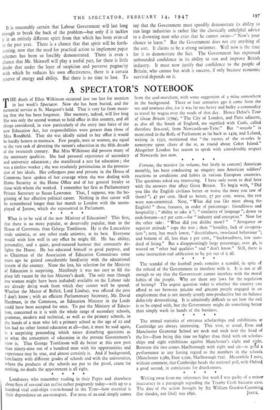Londoners who remember reading in their Pepys and elsewhere about
fires of sea-coal can r,ealise rather poignantly today—with up to a hundred vital coal-ships s..orrn-bound in the Tyne—how essential is their dependence on sea-transport. For most of us coal simply comes from the coal-merchant, with some suggestion of a mine somewhere in the background. Three or four centuries zgo it came from the sea and nowhere else, for it was far too heavy and bulky a commodity to travel by wagon over the roads of that day. Hence Defoe's Tour of Great Britain (1769), "The City of London, and Parts adjacent, as also all the South of England, are supplied with Coals, called therefore Sea-coal, from Newcastle-on-Tyne." But " seecole " is mentioned in the Rolls of Parliament as far back as 1429, and Leland, writing in 1552, mentioned that "the vaynes of the se-coles ly sometyme upon dives of the se, as round about Coket Island." Altogether London has reason to speak with considerable respect of Newcastle just now.


































 Previous page
Previous page